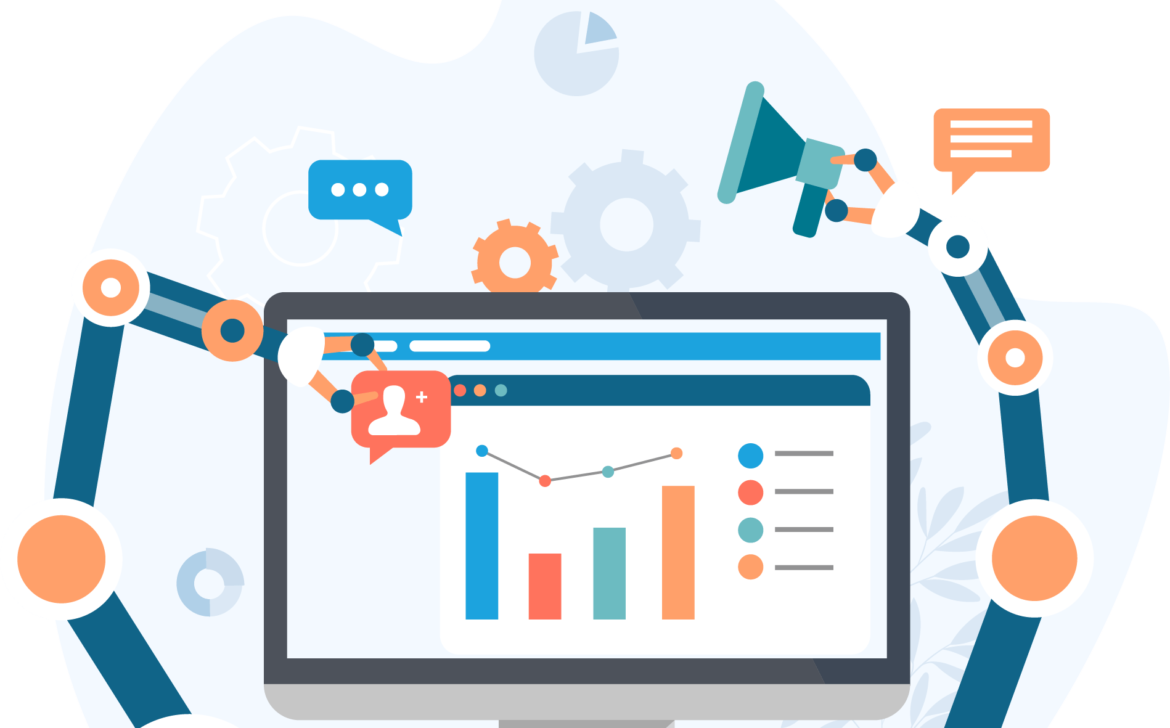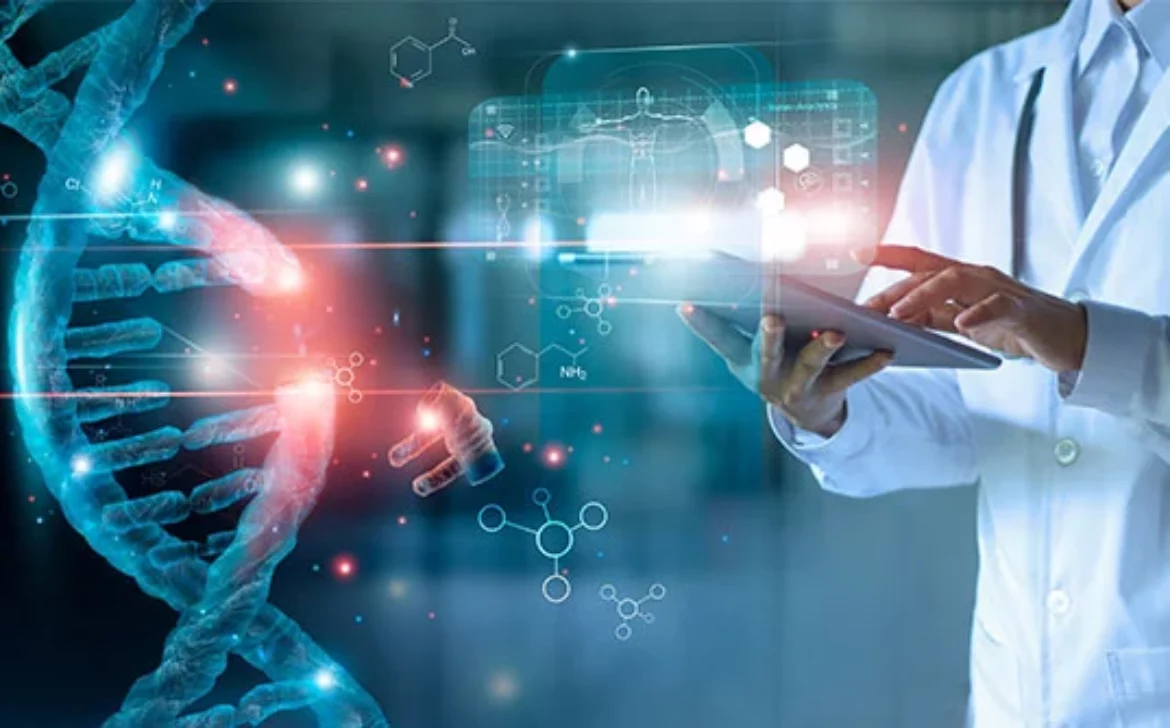Mindful Eating: Cultivating Healthy Eating Habits for Life
Introduction to Mindful Eating
In a world filled with fast-paced lifestyles and constant distractions, many individuals struggle with their relationship with food. Mindful eating offers a compelling approach to rekindle a harmonious connection with food, leading to better physical and emotional well-being. This article delves into the concept of mindful eating, its benefits, and practical tips for integrating it into daily life.
Understanding the Concept of Mindful Eating
The Origins of Mindful Eating
The roots of mindful eating can be traced back to ancient Buddhist practices. It evolved as a meditation technique and gradually expanded to encompass a more holistic approach to food consumption.
What is Mindful Eating?
Mindful eating is the practice of being fully present and engaged during the entire eating experience. It involves paying close attention to the sensory aspects of eating, such as the taste, texture, and aroma of food.
The Benefits of Mindful Eating
Improved Digestion and Nutrient Absorption
By eating slowly and mindfully, the digestive process becomes more efficient, leading to better nutrient absorption and overall digestive health.
Weight Management
Mindful eating helps individuals become more attuned to their body’s hunger and fullness cues, which can lead to healthier eating habits and more effective weight management.
Reduced Overeating
Engaging in mindful eating can reduce overeating and emotional eating tendencies, leading to a healthier relationship with food.
Enhanced Awareness of Hunger and Fullness
Practicing mindfulness during meals allows individuals to recognize genuine hunger and satiety, preventing them from eating out of boredom or emotional triggers.
Better Food Choices
Mindful eating encourages individuals to make conscious and nutritious food choices, resulting in an overall improvement in dietary habits.
How to Practice Mindful Eating
Slow Down and Savor Your Food
Eating slowly and deliberately allows the body to register fullness more accurately and promotes a sense of satisfaction from the meal.
Engage Your Senses
Appreciate the flavors, textures, and visual appeal of the food. Engaging the senses enhances the eating experience and fosters a deeper connection with food.
Listen to Your Body
Tune into the body’s cues of hunger and fullness. Eat when hungry and stop when satisfied, avoiding mindless snacking or overeating.
Remove Distractions
Avoid eating in front of screens or engaging in other distracting activities. By focusing solely on the meal, individuals can fully experience the act of eating.
Mindful Meal Planning
Plan meals mindfully by incorporating a variety of nutritious foods and considering portion sizes to support balanced eating.
Mindful Eating and Emotional Health
Recognizing Emotional Eating Triggers
Mindful eating helps individuals recognize emotional eating triggers and develop healthier coping mechanisms.
Coping Mechanisms and Alternatives
Develop alternative strategies for dealing with emotions, such as engaging in physical activity, journaling, or meditation.
Cultivating Mindful Eating as a Daily Habit
Starting Small and Setting Goals
Begin the journey of mindful eating by setting achievable goals and gradually incorporating mindfulness into meals.
Finding Support and Accountability
Seek support from friends, family, or online communities to stay motivated and accountable on the mindful eating journey.
Mindful Eating for Families and Children
Instill mindful eating habits in children by modeling the behavior and creating a positive and relaxed mealtime environment.
Mindful Eating in Social Settings
Navigating Restaurants and Gatherings
Practice mindful eating even in social settings by making conscious choices and focusing on enjoying the company rather than solely on food.
Dealing with Peer Pressure
Overcome peer pressure related to eating habits by confidently explaining your mindful eating choices to others.
The Connection Between Mindful Eating and Mindfulness Meditation
Discover the link between practicing mindfulness in daily life and mindfulness meditation, which can enhance the overall mindful eating experience.
Mindful Eating and Physical Activity
Mindful Movement and Exercise
Incorporate mindfulness into physical activities to connect with the body and its sensations during exercise.
Mindful Eating for Athletes
For athletes, mindful eating can optimize performance and recovery by providing the right nourishment at the right time.
Mindful Eating for Specific Diets and Lifestyles
Mindful Eating for Vegans and Vegetarians
Learn how to maintain a balanced vegan or vegetarian diet by being mindful of essential nutrients and food choices.
Mindful Eating for Intermittent Fasting
Mindful eating can complement intermittent fasting practices by promoting conscious eating during eating windows.
Mindful Eating for Gluten-Free Diets
Explore mindful eating strategies for those following gluten-free diets to ensure optimal nutrition and taste.
Mindful Eating and Food Waste
Reducing Food Waste Through Mindful Consumption
By being mindful of portion sizes and storing food properly, individuals can reduce food waste and contribute to a more sustainable environment.
Sustainable Eating and Mindfulness
Discover how mindful eating aligns with sustainable food practices and fosters appreciation for the earth’s resources.
Overcoming Challenges in Mindful Eating
Dealing with Cravings
Address cravings mindfully by understanding their underlying causes and finding healthier alternatives.
Staying Mindful in Stressful Situations
Learn techniques to remain mindful during stressful situations, preventing emotional eating and impulsive food choices.
Mindful Eating and Travel
Maintain mindful eating habits while traveling by planning ahead and making conscious food choices on the go.
Mindful Eating and Long-Term Health
Preventative Health Benefits
Explore how mindful eating can contribute to better long-term health and reduce the risk of chronic diseases.
Mindful Eating and Chronic Diseases
For individuals with chronic conditions, mindful eating can play a supportive role in managing symptoms and improving overall well-being.
The Mindful Eating Community and Resources
Books and Websites
Discover recommended books and websites that delve deeper into the practice of mindful eating.
Mindful Eating Retreats and Workshops
Find opportunities to immerse oneself in mindful eating practices through retreats and workshops.
Conclusion
Mindful eating is not a diet but a way of life that fosters a positive and intuitive relationship with food. By incorporating mindful eating into daily routines, individuals can savor the pleasure of eating while nourishing their bodies and minds. Embrace mindful eating as a lifelong journey towards improved physical and emotional well-being.






